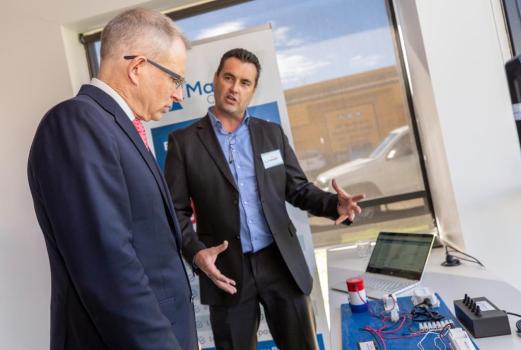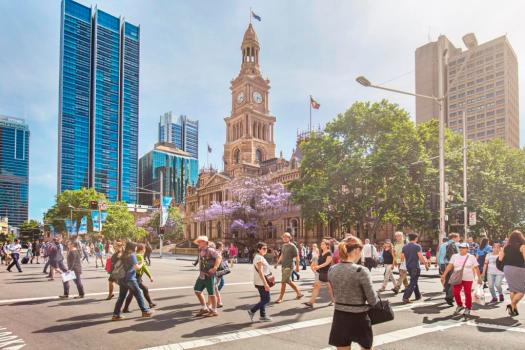
Institutional investors are looking for infrastructure projects that can deliver environmental and social outcomes, conference hears.
“Smart building” technology is helping councils ensure continuity of asset management in the face of impending mass retirements, while also appealing to investors looking for infrastructure that can deliver broader societal returns, analysts say.
Ruban Langbroek, head of Asia Pacific at GRESB, which represents 80 institutional investors who manage US$18 trillion, says that investors increasingly sought out infrastructure that provides social and environmental as well as financial returns.
Investors now look for projects with integrated smart city technologies given they help operators to measure and report on sustainability outcomes and manage future environmental and regulatory shocks and stresses, he said.
“The conversation has changed; I would say it’s a paradigm shift in terms of no longer asking where we get the best bang for our buck. If we give our bucks to certain federal, state or local councils, or if we invest in certain infrastructure, what are the additional outcomes that ensure those cities are sustainable, smart, carbon neutral and resilient,” Mr Langbroek told the Smart Cities Week Conference on Tuesday.
The failure of governments or infrastructure operators to properly plan and monitor environmental impacts via such technologies was now seen as a risk among investors that could threaten the returns on assets, he told the Sydney audience.
Ainsley Simpson, chief executive of the Infrastructure Sustainability Council of Australia, agreed that “responsible investment” was contributing to the uptake of technologies in infrastructure planning and delivery.
She pointed to the use of virtual reality by Victoria’s Level Crossing Removal Authority and Auckland’s City Rail Link to engage commuters and communities and incorporate feedback into planning and delivery.
Similarly, she said the use of building information modelling (BIM) was addressing the “risk of continuity” particularly in the local government sector.
Ms Simpson said:
“Local government in Australia is facing a significant skill shortage with between 20 and 50 per cent of the workforce retiring in the next 10 years. BIM is a way to ensure the decisions that have been made about how to return on environmental and social outcomes is captured electronically for the whole life of the asset.”
In addition, the proliferation of the Internet of Things and the use of sensors on infrastructure projects, ranging from monitoring dust and air to noise and traffic, was creating more livability across projects, Ms Simpson said.
Joelle Chen, regional head of the World Green Building Council, told the conference that the adoption of technology into buildings and infrastructure “has been fragmented.”
While the digitisation of building operations has been increasing in recent years, the more advanced “outcome-based models”, such as energy efficiency as a service, has been “patchy,” especially across Asia, Ms Chen said.
“Many emerging cities are still at the digitising building operations stage because they’re dealing with legacy systems,” she said.
Elsewhere, Chunga Cha, chair of the Reimagining Cities Foundation, told the conference that cities needed to develop comprehensive smart city frameworks.
“If you have a comprehensive plan and you’re engaging with some private sectors that have interesting solutions you can start to prioritise. When businesses start to understand your long-term goals they might be able to provide you with solutions… but without that understanding it’s just another vendor trying to sell you more sensors,” he said.
Comment below to have your say on this story.
If you have a news story or tip-off, get in touch at editorial@governmentnews.com.au.
Sign up to the Government News newsletter.



